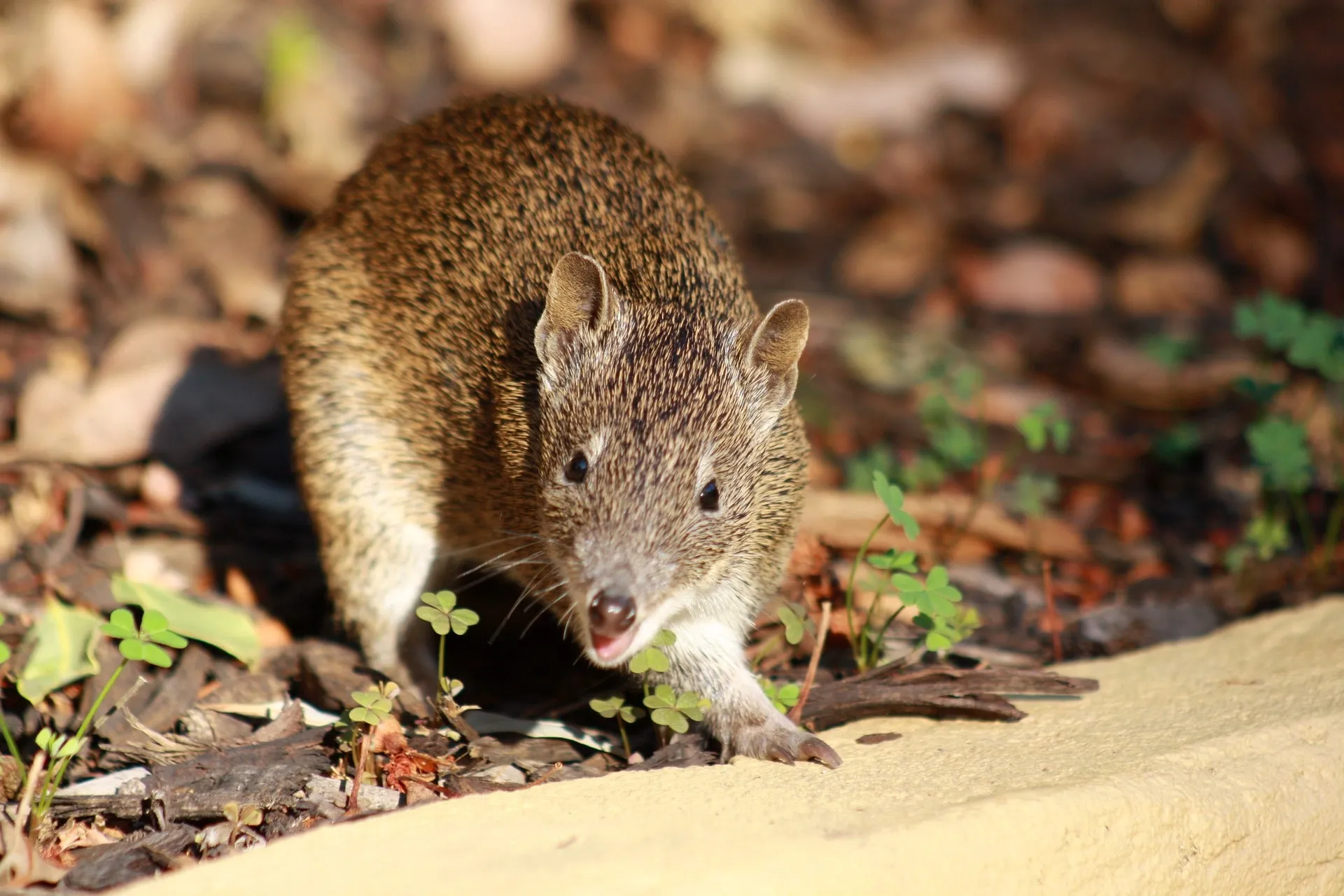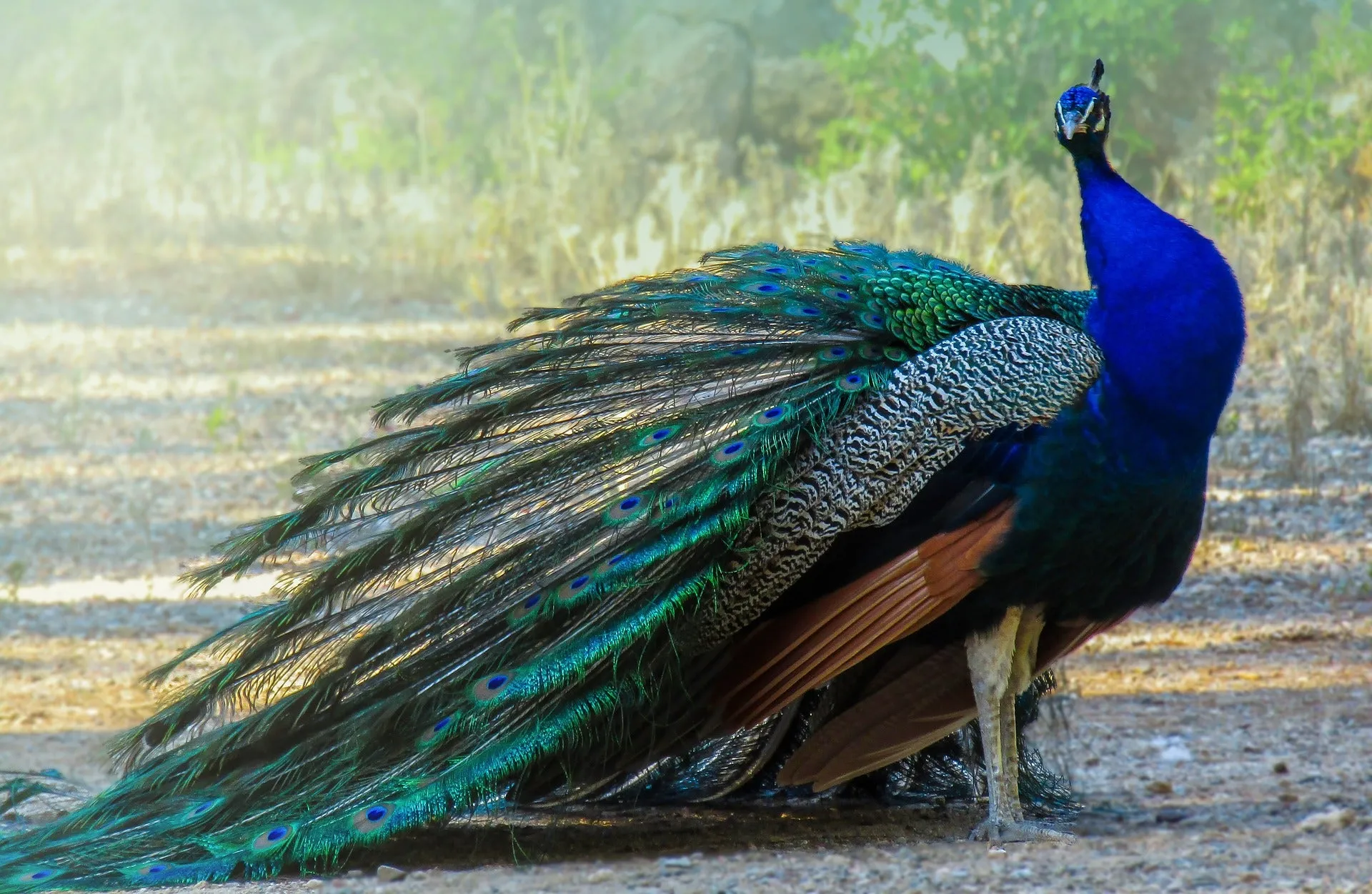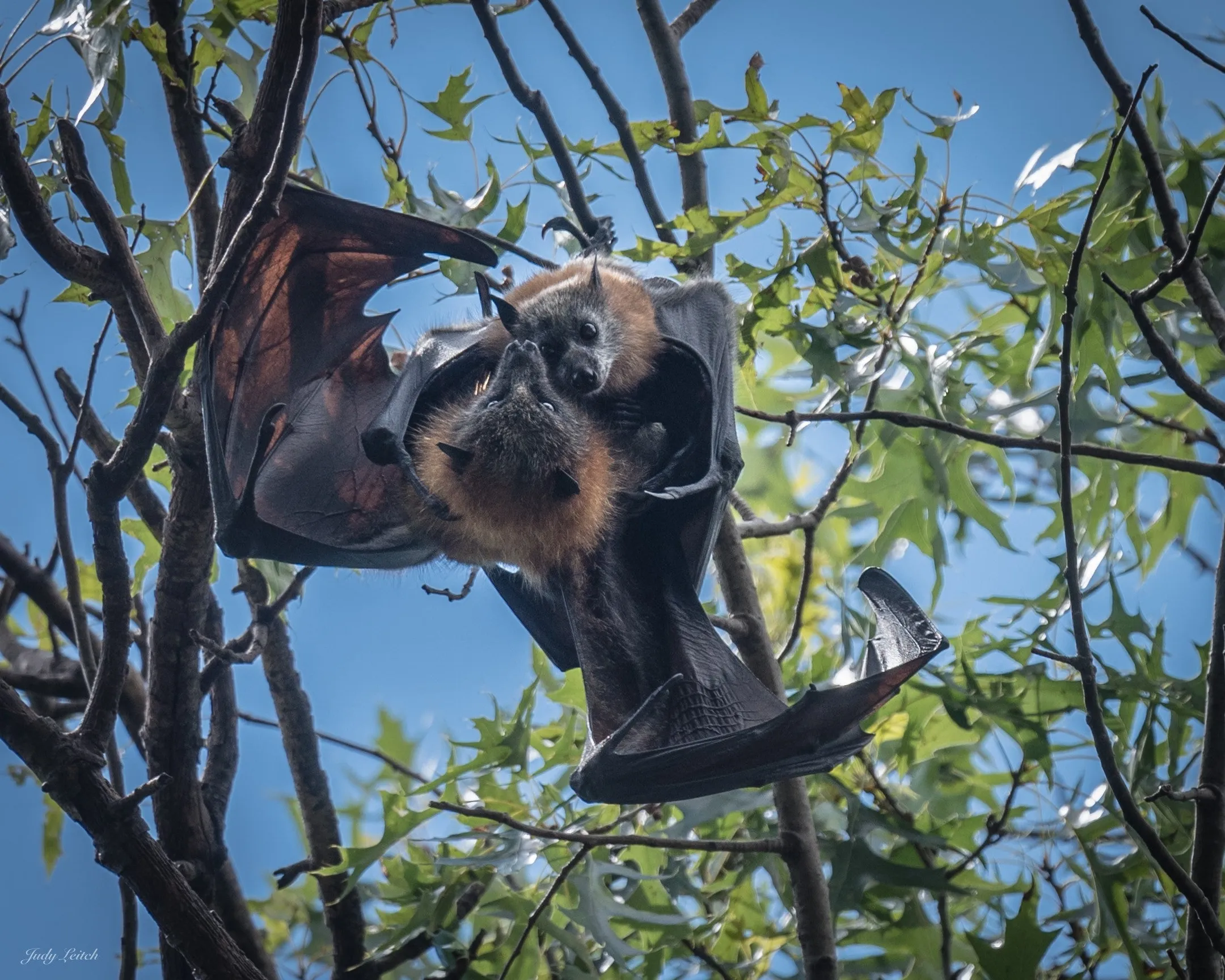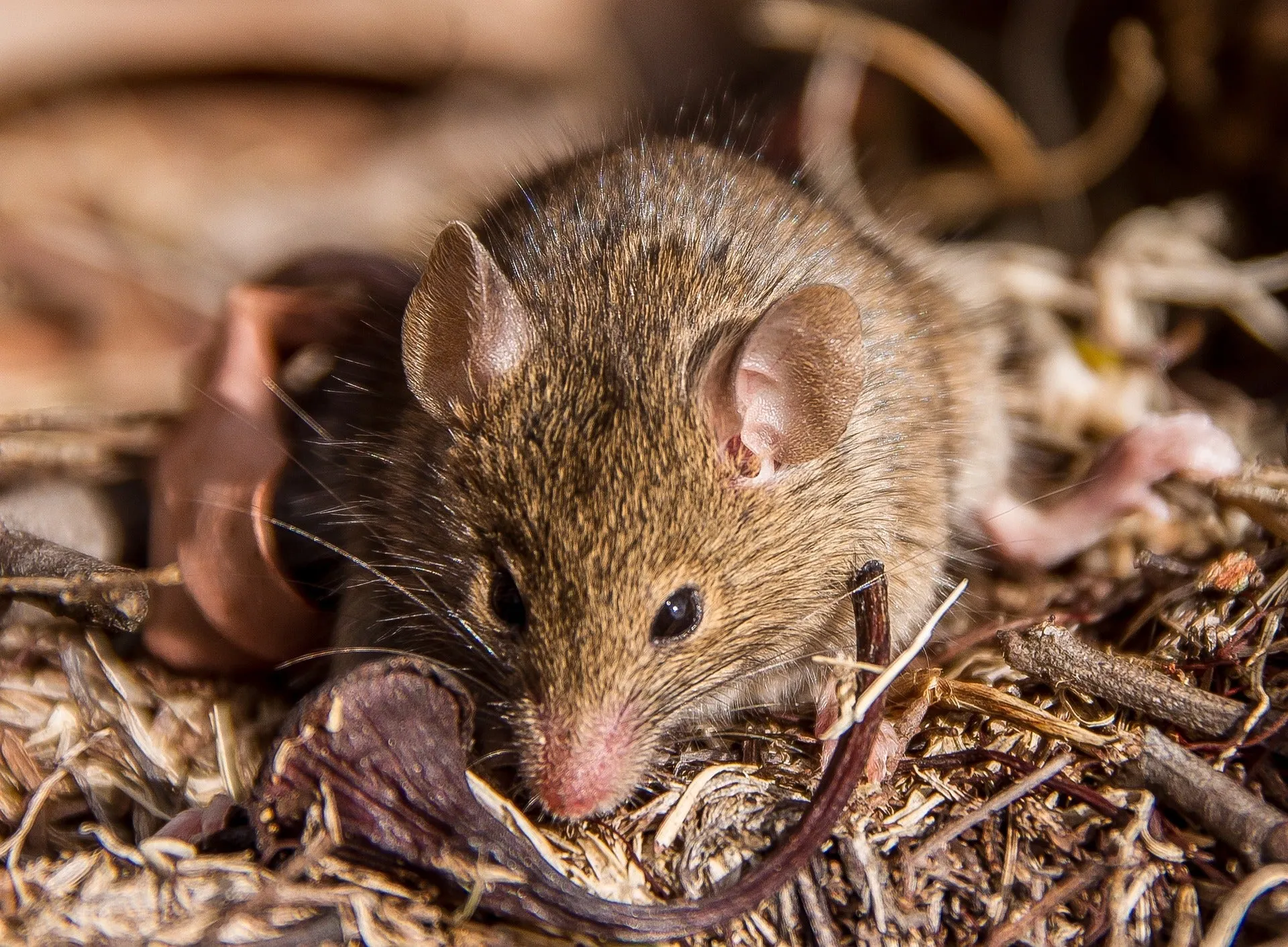Native animals
Find out more about our native animals.
Subpages
The Australasian grebe is a fairly common sight on reed-fringed ponds across much of Australia and parts of the Pacific.

Although there are 7 species of bandicoots known to inhabit Australia, only 2 species might be encountered on the Sunshine Coast.

Among birds it is almost always the male who is the most beautiful and showy, and there’s good reason for this.
There are around 10,000 bird species on the planet. They all share certain physical characteristics, including beaks.
The black browed albatross is the most commonly seen albatross in southern Australian waters, it is only rarely seen in South-east Queensland.
The eastern blossom bat has an almost identical distribution to the eastern tube-nosed bat.
The most distinctive feature of the brown cuckoo dove is its long tail, which it uses for balance to get to fruit.
The brush turkey is one of only 3 Australian birds that builds a nesting mound to incubate its eggs.
The bush stone curlew has significantly diminished in number, if you are lucky enough to share your surrounds with this bird its haunting call is unmistakable.
Chocolate wattled bats occupy a diverse range of habitats and roosts, including Sunshine Coast tree hollows.
The Christmas Island pipistrelle is Australia’s only recorded microbat extinction.
During breeding season, the male develops a plumage that turns the head, throat and breast a golden colour.
Bluetongues will happily live in suburbia if they can find suitable habitat.
Eastern forest bats prefer moist conditions and are common in rainforest gullies and neighbouring wet sclerophyll habitat.
Tucked away in caves and old tunnels on the Sunshine Coast, you will find a little bat that always wears a lucky horseshoe.
Find out more about the eastern sedge frog.
Eastern water dragons have a row of spikes that run over the ridge of their back to protect them from predators.
View research on flying fox habitats.
The world’s largest bats are known as flying-foxes, and despite evolving in warm tropical and subtropical regions, they suffer on hot days.

Read about flying-foxes and how mums look after their pups.
Find out how to identify our local frogs.
The Sunshine Coast region is home to a very unique, yet unfortunately threatened species of cockatoo, the glossy black cockatoo.
This tiny bat will wait patiently and use its enormous ears and large eyes to ambush sonar-sensitive insects as they flutter past.
Green tree frogs are one of Australia’s most recognised and loved species of wildlife.
Take our quiz to find out if bats are a friend or foe.
As our big trees with ideal hollows and habitat get rarer and rarer, it must be noted how important nest boxes are for our native fauna now and for the future.
The eastern grey kangaroo is one of the most well-known animals in Australia.
Large-footed myotis, known as Australia's fishing bat, use their long toes and claws to trawl the surface of creeks and ponds for food.
The little bent-winged bats roost mostly in stormwater drains, tunnels and old mines on the Sunshine Coast.
These little bats can double the size of existing colonies! They are nomadic and move in the thousands, pollinating large stands of eucalyptus and corymbia trees.
Have you ever wondered why some organisms live extraordinarily long lives, while others, even with all the luck running their way, get just a fleeting glimpse of the planet?
The masked lapwing can often be seen in parks, sports fields, urban nature strips, and even small traffic islands near busy motorways.
You can help with habitat shortages by learning to live alongside microbats, wherever possible.
The keelback is a small non-venomous snake that rarely exceeds 75-80cm in length.
Non-breeding seals unbound to a breeding territory frequently occur in smaller numbers off our coast.
Pied currawongs form long-term pair bonds that extend across many seasons.
Rainbow bee-eaters are widespread across the Australian mainland, with the exception of the driest desert regions.

Antechinus are actually small carnivorous marsupials that belong to a family of native animals
Red-backed fairy-wrens may have developed a strategy to outwit brood parasites.
All organisms on the planet, from the smallest bacteria to the largest mammal, share one driving force, the need to reproduce themselves.
Distinctive with its coat of quills, the echidna is a small but powerful little animal with short limbs and strong claws able to move surprisingly large objects.
The silver gull is Australia’s most common gull, usually, but not exclusively, nesting in large colonies on offshore islands.
The brown tree snake is generally found in forest covered areas including woodlands, rainforests and even some urban areas.
By the time the pied butcherbird has reached adulthood it has not only perfected its own song but also incorporates some impressive mimicry.
The striate anglerfish is a very intriguing species.
Swamp wallabies are usually solitary animals of the forest.
A master of camouflage, the tawny frogmouth, can usually be found sitting motionless in a tree during the day where it can be almost indistinguishable from the bark and branches.
Some species of bat rely on vision that is in some ways even better than ours!
Mystify is taking the mystery out of loggerhead turtle movement
Read about one of the few amphibious mammals found in Australia.
We have embarked on a once-off tracking project in collaboration with Queensland Government to gain insight into the inter-nesting habitat use of loggerhead turtles.
This tiny critter is known to build large mounds in mangrove areas for nesting and shelter.
Find out more about common names vs the binomial nomenclature system.
The most easily heard local microbat call is that of the white-striped free-tailed bat.
Learn what to do when coming across injured or orphaned wildlife.
